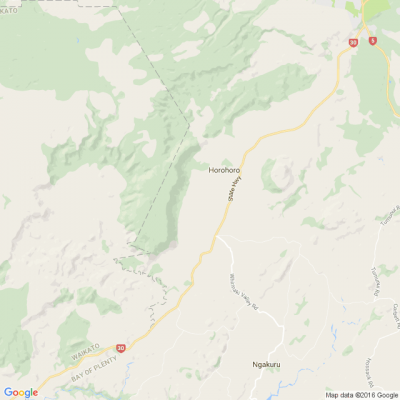
Know what’s happening
Access the private noticeboard for verified neighbours near you. Keep informed about any suspicious activity, send urgent updates to your neighbours when required and discuss emergency planning.
Get to know your neighbours
Browse the directory and start getting to know your neighbours. Don’t want to post to the whole neighbourhood? Send a private message.
Buy, sell and give away
Want to declutter your garage? Buy some used household items? Give away some garden stuff? Become a verified neighbour to browse and post items for sale. Trading is simple when everyone lives nearby.

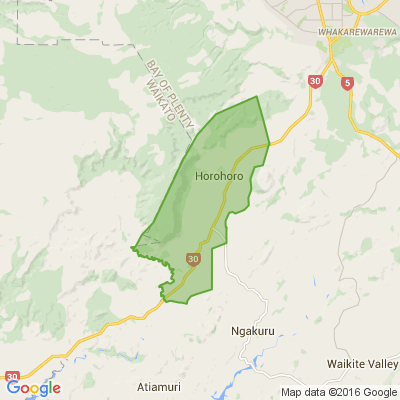
Keep it local
Share any events in your area for your neighbours to enjoy

Thank you for using Neighbourly
You may receive an email confirmation for any offer you selected. The associated companies will contact you directly to activate your requests.
Robert Anderson from Curtain Clean Rotorua
Animal-based fibres are wool, fur, and excretions, such as silk.
Alpaca: Alpaca is a very exclusive fibre, hollow in part of its structure, and it comes naturally in twenty-three different colours. It is extremely lightweight, has great insulation properties and is stronger than sheep’s wool. … View moreAnimal-based fibres are wool, fur, and excretions, such as silk.
Alpaca: Alpaca is a very exclusive fibre, hollow in part of its structure, and it comes naturally in twenty-three different colours. It is extremely lightweight, has great insulation properties and is stronger than sheep’s wool. Alpaca is mixed with other natural fibres such as mohair, silk, or wool to make luxurious garments of the highest quality, both in knitted and flat fabrics.
Alpaca fibres of higher quality coming from the shearing of pups and younger specimens are considered smoother, softer, and warmer than cashmere. It is currently being used to manufacture sportswear. The leading brands in sports have been seduced by this fibre due to its insulation qualities in cold weather.
Angora: Angora is a natural animal-based fibre that comes from the Angora rabbit. It is silky, thin, and soft. This “ultra-silky” white hair from the Angora rabbit is a hollow fibre classified as wool. The hair is light, with great water absorption and quick dry.
Extremely light but very warm, angora is used mainly to make woven clothes such as pullovers, vests, sweaters, and fashion accessories for winter season. Flat fabrics with angora are used to manufacture thermal garments. Angora is mixed with wool to create greater density and elasticity in the fabric, especially for the production of suits and blazers. It also used to make high-quality and luxurious garments.
Cashmere: Cashmere comes from the Kashmir goat, a native of the Himalayas.
Cashmere is a very expensive and exclusive fibre. It is extremely soft and has great thermal properties; cashmere is used to manufacture high-quality sweaters and children’s warm clothes. The well-known “pashmina” is a type of cashmere used in shawls and scarves, produced in the Kashmir Valley. More robust cashmere is employed to manufacture high-quality rugs and carpets.
Sheep wool: A limited supply and its exceptional qualities have made wool the most widely used animal-based textile fibre in the fashion and textile industry.
Wool is a fibre with curly appearance, elastic, soft to the touch, which easily absorbs moisture and has an extremely low rate of heat release. These last few characteristics make woollen garments comfortable and warm.
Wool is a fibre of multiple functions and a wide range of diameters that make it perfect for manufacturing clothing items and fashionable accessories. It is mixed with other natural and synthetic fibres to increase strength. Wool is also used in household textile products as well as in industrial developments such as thermal and acoustic insulation.
Mohair: Mohair is the hair of the Angora goat from the Tibet. It is a very shiny, insulating type of wool, softer and stronger than sheep wool. Mohair is white and dyes with exceptional ease. It has excellent absorption capacity and is mainly used to make knitted garments and crochet accessories. Mohair is also utilized in household textiles to make luxurious beddings and upholstery.
Camel hair: Obtained from Bactrian camels with two humps, it is a fine, soft fibre that is used exclusively in luxurious textiles due to its quality and small supply. To manufacture ultra-exclusive items, camel hair is mixed with cashmere and, in other cases, due to its high cost, it is combined with wool to reduce the final price tag of the garment.
This fibre is employed to manufacture a wide variety of clothing items –suits, coats, sweaters, and jackets—and other accessories for winter season such as gloves, hats, and scarves.
Silk: In many people’s eyes, silk is still “the queen of fabrics”.
Silk is a protein filament produced by the silkworm. Feeding on mulberry leaves, the worm produces liquid silk that once solidified forms the filaments to build its cocoon. Then, once the larva is dead, heat is used to soften the hardened filaments and to unroll them. These individual filaments are later intertwined into one single filament to form the silk yarn.
Silk is a lightweight, lustrous, and soft fibre. It is highly resistant to tensile strength with little or no elasticity. Silk is very glossy because of the triangular prism structure of the fibre and this causes garments made of this fabric to refract incoming light into different angles.
Naturally, silk is used in high-quality textile industry to produce exquisite accessories as well as luxurious, haute couture garments. Additionally, it is utilized in a wide range of home décor items.
Thanks for all of your entries in our Father's Day giveaway! It was great to see all the love that Dads were getting across the nation.
It was a very difficult decision, but we want to say a massive congratulations to Elvi from Eden Terrace who took out the competition!
Don't worry … View moreThanks for all of your entries in our Father's Day giveaway! It was great to see all the love that Dads were getting across the nation.
It was a very difficult decision, but we want to say a massive congratulations to Elvi from Eden Terrace who took out the competition!
Don't worry if you missed out, there's plenty more where that came from. Keep your eyes peeled for our next giveaway.

The Team from Resene ColorShop Rotorua
Brighten up a corner of your garden with this easy-to-build bird bath and paint it in a Resene colour to suit your exterior colour palette.
Make the most of this weekend with this easy step by step project idea from Resene. Find out how to create your own
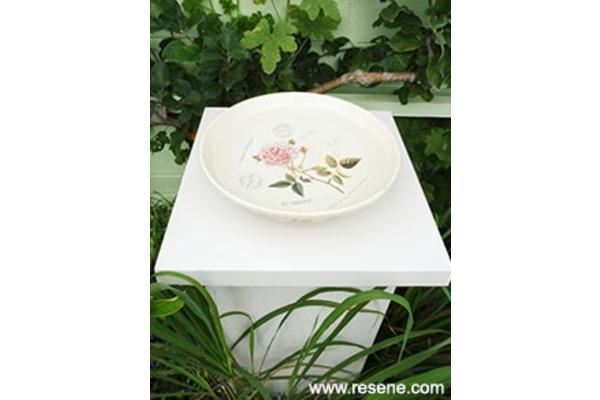
RetroFit Double Glazing - Bay of Plenty
We all know that Retrofit double glazing is good for winter, but did you know it's also good for summer too?
Check out our short video and look at the heat transfer from single glazing vs our Low E double glazing. Talk to our local team about how we can tailor a retrofit double glazing … View moreWe all know that Retrofit double glazing is good for winter, but did you know it's also good for summer too?
Check out our short video and look at the heat transfer from single glazing vs our Low E double glazing. Talk to our local team about how we can tailor a retrofit double glazing solution for your home. Request your no obligation free measure and quote here or call 0800 658 658.
Jo McCarroll Reporter from NZ Gardener
We're giving away 100 Vegepods. To enter purchase the September issue of NZ Gardener, find the code and enter it online at Stuff.co.nz/vegepod Find out more

Mei Leng Wong Reporter from NZ Gardener & Get Growing
There are literally thousands of daffodils here, where Ian Riddell has spent over 25 years in the business, from preparing the soil and planting bulbs to harvesting flowers and selling them.
Te Whare Wānanga o Awanuiārangi
Study nursing!
Meet Aroha Ruha (Ngāti Awa, Tūhoe) who was named a joint winner of the national Young Nurse of the Year Award. The New Zealand Nurses Organisation’s (NZNO) annual award celebrates nursing at an excellent level and recognises that recipients have reached a high level in their … View moreStudy nursing!
Meet Aroha Ruha (Ngāti Awa, Tūhoe) who was named a joint winner of the national Young Nurse of the Year Award. The New Zealand Nurses Organisation’s (NZNO) annual award celebrates nursing at an excellent level and recognises that recipients have reached a high level in their everyday work.
Aroha graduated from Te Whare Wānanga o Awanuiārangi with her nursing degree and is now a practice nurse at Kawerau Medical Centre. Click here to hear her story!
Find out more about our nursing programme

The Team from Neighbourhood Support New Zealand
As we start tending to our gardens and planning what to grow for the warmer months ahead, perhaps consider if there's something else you should be growing in your community such as stronger connections to your neighbours.
Research shows that loneliness is strongly associated with low mental … View moreAs we start tending to our gardens and planning what to grow for the warmer months ahead, perhaps consider if there's something else you should be growing in your community such as stronger connections to your neighbours.
Research shows that loneliness is strongly associated with low mental health + well-being. Whether you have a wide social network or prefer to only have a few close friends, joining Neighbourhood Support is a great way to feel supported and connected to those nearby. You never know when you might need a little help from a local friend!
Join or setup a group for FREE by getting in touch with us here...

Hi neighbours,
A move to free up more land for new builds is likely to see fewer driveways and garages in modern housing, in a move some say could have New Zealand looking like Coronation Street.
Councils across the country must scrap planning rules that require car parks to be put down near new … View moreHi neighbours,
A move to free up more land for new builds is likely to see fewer driveways and garages in modern housing, in a move some say could have New Zealand looking like Coronation Street.
Councils across the country must scrap planning rules that require car parks to be put down near new housing or business developments, under newly released housing guidelines.
The change comes as the Government looks to encourage development, in part by freeing up land held up by car parks, under its new National Policy Statement for urban development.
Property developer Phil Robinson said scrapping car park rules was a “big change”, but he was unsure if it was a “big win”.
What do you think of having more new builds in your area with fewer driveways and garages?

534 replies (Members only)
Mei Leng Wong Reporter from NZ Gardener & Get Growing
“So I would say it’s possible I might have the most plants per square metre,” she quips.
Hi neighbours,
Labour will make Matariki New Zealand's 12th public holiday from 2022 if re-elected, Jacinda Ardern has announced.
The new winter public holiday would fall at some point during the Matariki period, with an expectation that it would always happen on either a Monday or a Friday.… View moreHi neighbours,
Labour will make Matariki New Zealand's 12th public holiday from 2022 if re-elected, Jacinda Ardern has announced.
The new winter public holiday would fall at some point during the Matariki period, with an expectation that it would always happen on either a Monday or a Friday.
The policy announcement follows a series of public campaigns for Matariki, which acts as the Māori New Year, to be recognised.
We want to hear your thoughts about Matariki becoming a public holiday. Do you support the idea, or are you against it? Perhaps you have a counter proposal.
Share your thoughts here.

355 replies (Members only)
Robert Anderson from Curtain Clean Rotorua
Unravelling textile testing - Colourfastness
Colourfastness is one of four key topics (others include Abrasion Resistance, Pilling, Seam Slippage) that we are covering to provide some background as to how we test and why.
Test results provide us with critical information about textile’s … View moreUnravelling textile testing - Colourfastness
Colourfastness is one of four key topics (others include Abrasion Resistance, Pilling, Seam Slippage) that we are covering to provide some background as to how we test and why.
Test results provide us with critical information about textile’s durability and suitability for certain applications. We externally test all James Dunlop and Mokum textiles in Melbourne at a highly reputable laboratory who are amongst the most conservative and stringent in the world, due to the extremely harsh environmental conditions we face here in Australia and New Zealand.
We have gathered a number of frequently asked questions relating to colourfastness so we asked our Mokum studio designers Stephanie Moffitt and Annie Moir to share their expert knowledge.
One of the most important textile tests is that of colourfastness.
Simply put, a colourfastness test measures how well a textile will resist or withstand fading. Fading typically means a change in colour which may be a change in hue, depth or brightness of colour. We perform a range of different colourfastness tests when developing a new textile, we test its resistance to fading against UV light, as well as washing / dry cleaning and also rubbing.
Can you briefly outline the colourfastness to washing/ laundering test?
Colourfastness to washing and/or dry cleaning measures a fabrics ability to withstand fading or colour loss from laundering. The test replicates specific cleaning methods then measures any colour loss against a set of five grey scales, creating a result (1 being least colourfast and 5 being most colourfast). In this instance, a result of 4-5 is the result we strive for.
One question pops up a lot, if a product is machine washable can it be spot cleaned?
We would always approach spot cleaning with water or a cleaning product with caution. Most of our washable textiles are rating as delicate or gentle washing which means a delicate setting and we would prefer a delicate washing liquid. Whereas spot clean tends to be more localised and more aggressive. If spot clean is needed always first try a dry white clean cloth, to reduce any colour loss as this often can remove a stain.
Can you briefly outline the colourfastness to rubbing test?
Colourfastness to rubbing, or commonly known as ‘crocking’ measures fabric resistance to colour loss when subjected to rubbing or friction from another fabric. This is particularly relevant for upholstery textiles – you can imagine wearing white pants and sitting on a dark coloured sofa, you’d want to be confident that when you stand up your pants haven’t changed colour.
With this test, a white cloth is used as a standard abradant, and rubbed against the test fabric in both in both dry and wet conditions, with wet being more severe. Any colour transfer onto the white cloth, and colour loss from the test fabric is analysed and measured against a set of 5 grey scales (1 being least colourfast and 5 being most colourfast). The result we receive from the lab helps us to determine the recommended usage for the upholstery fabric.
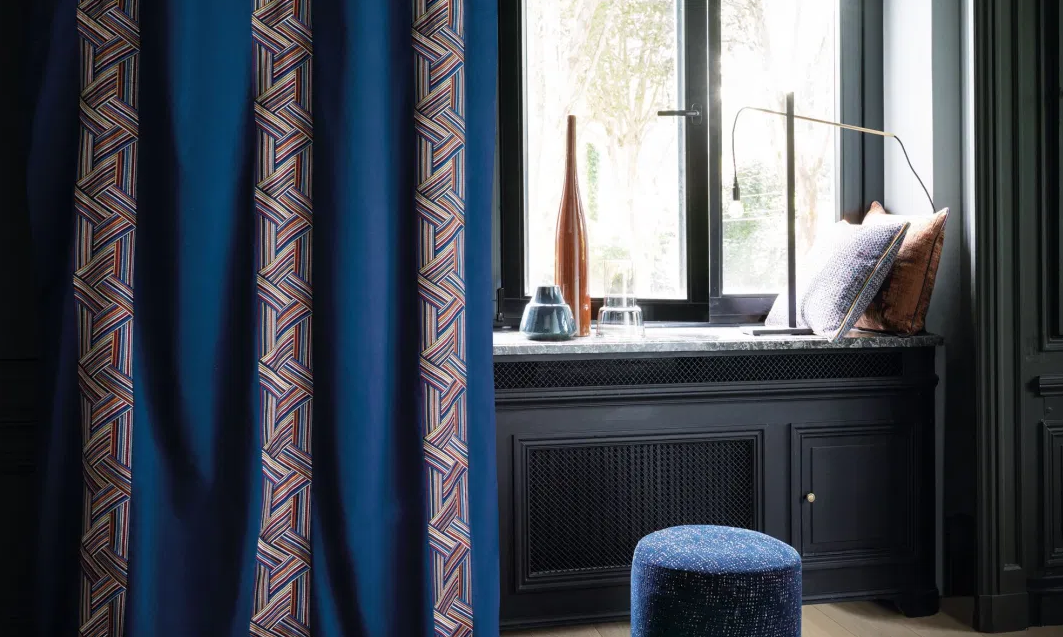
A user of a snorkel product has reportedly found a piece of material detached inside, which may have lead to them choking.
The snorkel, manufactured by major water sports company arena, issued the recall which affects snorkels bought at various stores in the Auckland, Wellington, Canterbury and … View moreA user of a snorkel product has reportedly found a piece of material detached inside, which may have lead to them choking.
The snorkel, manufactured by major water sports company arena, issued the recall which affects snorkels bought at various stores in the Auckland, Wellington, Canterbury and Bay of Plenty regions.
What you need to know:
- The recall affects the arena Swim Snorkel II & Swim Snorkel Pro II.
- A piece of material may become loose in the snorkel which can become a choking hazard.
- The products were sold at Swim T3 and Teamline Stores from October 2019 to April 2020.
- Fill out this survey to check whether your snorkel has been affected.
Known owners of the snorkel will be contacted by Swim T3 or Teamline.

Rina from Lynmore
Fundraising for the 29(Rotorua) Air Cadets
Saturday 12 September, 9am
Come along and grab a bargain... sausage sizzle and home baking too.
Negotiable
In the market for yearling bulls? We know every advantage counts in the farming industry. Advantage is exactly what we give the breeders and farmers we partner with.
PGG Wrightson Livestock Genetics combine decades of hands-on rural experience with the most comprehensive data available.
We … View moreIn the market for yearling bulls? We know every advantage counts in the farming industry. Advantage is exactly what we give the breeders and farmers we partner with.
PGG Wrightson Livestock Genetics combine decades of hands-on rural experience with the most comprehensive data available.
We partner with forward-thinking breeders and farmers to enhance animal performance and improve business results.
If you’re looking for better business results, then view upcoming PGG Wrightson Yearling Bull Sales around New Zealand.
Find out more

 Loading…
Loading…
Are you sure? Deleting this message permanently removes it from the Neighbourly website.
 Loading…
Loading…

 Auction
Auction



 Marketed by Matt Stephenson
Marketed by Matt Stephenson

 Auction
Auction

 Marketed by Michelle Stephenson
Marketed by Michelle Stephenson

 $639,000
$639,000



 Marketed by Michelle Stephenson
Marketed by Michelle Stephenson

 Tender
Tender


 Marketed by Jami Botha
Marketed by Jami Botha

 $915,000
$915,000



 Marketed by Michelle Stephenson
Marketed by Michelle Stephenson
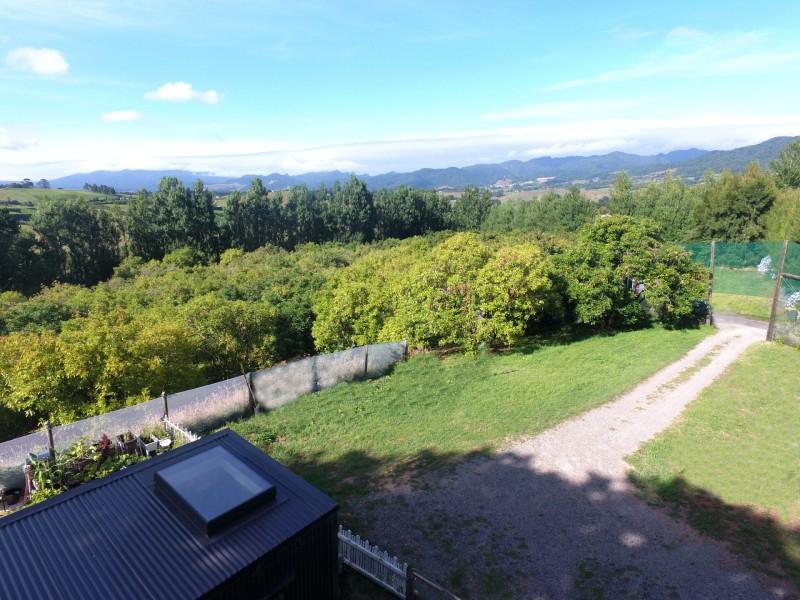
 By Negotiation + GST (if any)
By Negotiation + GST (if any)

 Marketed by Eddie McDermott
Marketed by Eddie McDermott

 Auction
Auction



 Marketed by Michelle Stephenson
Marketed by Michelle Stephenson
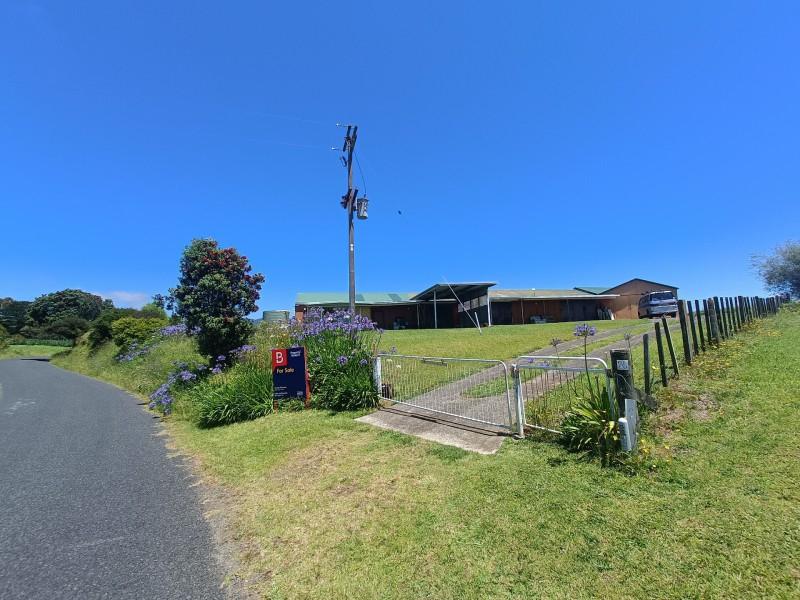
 By Negotiation
By Negotiation

 Marketed by Brooke Woolsey
Marketed by Brooke Woolsey
© Neighbourly 2025
